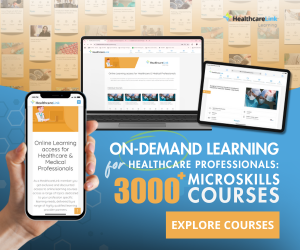Anaesthesia | Paediatrics | Appendicectomy and Laparotomy



Appendicectomy and Laparotomy
Session Overview
Description
This session explains the key components relevant to the anaesthetist in the perioperative management of a child undergoing urgent appendicectomy and laparotomy.
Learning Objectives
By the end of this session you will be able to:
- Identify key issues in preparation of the child for urgent abdominal surgery
- Describe the appropriate anaesthetic technique, equipment and drugs to be used in an anaesthetic plan for the paediatric patient undergoing appendicectomy
- Identify common perioperative problems that may occur during this type of operation
- Describe important aspects of postoperative care in relation to appendicectomy
Prerequisites
Before commencing this session you should:
- Be aware of the basic principles underlying the anaesthetic management of paediatric patients
- Be aware of the common problems that may occur perioperatively with this type of surgery
- Complete Module 01/Introduction to Anaesthesia/Principles of Anaesthesia/Fluid Balance/IV fluids (001-0058)
Laparotomy describes any surgical incision into the peritoneal cavity. Appendicectomy is a type of laparotomy and is commonly performed as an urgent operation in the paediatric population over five years of age (Fig 1). This session covers the knowledge and skills that are necessary for anaesthetists to care for the child patient undergoing urgent appendicectomy. The session is divided into the three sections:
- The preoperative assessment. This will describe the importance of effective communication whilst taking a history from both child and parent. It will explain the brief physical examination to be carried out and how any investigations may be interpreted
- The Intraoperative phase. This will explain the anaesthetic plan including the calculation of drug doses and the selection of appropriate equipment. A rapid sequence induction (RSI) is usually carried out during this phase, and this is also described
- The postoperative phase. Here we describe how to deal with immediate postoperative airway problems such as laryngospasm and aspiration of gastric contents. We cover how appropriate analgesia should be administered and titrated to response
- Anaesthesia Fundamentals | Physiology | Visceral P...
- Posted By eIntegrity Healthcare e-Learning
- Posted Date: 2025-01-11
- Location:Online
- This session describes the clinical features of visceral pain and neuropathic pain, and contrasts these with somatic pain. The neurological pathway is discussed and the principle of central sensitization.
- Anaesthesia Fundamentals | Physiology | Pain - Per...
- Posted By eIntegrity Healthcare e-Learning
- Posted Date: 2025-01-11
- Location:Online
- This session works through the peripheral and central mechanisms of pain.
- Anaesthesia Fundamentals | Physiology | Neurologic...
- Posted By eIntegrity Healthcare e-Learning
- Posted Date: 2025-01-11
- Location:Online
- The session covers the organization of the spinal cord for motor functions, the types of motor neurones, the structure and function of muscle spindles and Golgi tendon organs, and the muscle stretch reflex, flexor and crossed extensor reflexes.
- Anaesthesia Fundamentals | Physiology | Autonomic ...
- Posted By eIntegrity Healthcare e-Learning
- Posted Date: 2025-01-11
- Location:Online
- This session summarises the structure and function of the autonomic nervous system.
- Anaesthesia Fundamentals | Physiology | The Brain
- Posted By eIntegrity Healthcare e-Learning
- Posted Date: 2025-01-11
- Location:Online
- Â This session covers the functional physiological divisions of the brain, the regulation of blood flow and physiology of cerebrospinal fluid.


